I know when I started teaching in my twenties, I was overwhelmed by the number of children’s books out there these days. It also overwhelmed me that some parents are on the more conservative side and wouldn’t appreciate their first, second, or third-grader reading some of the books that are out there. I certainly didn’t want to offend anyone but I also wanted to make sure that I had a collection “teacher-worthy” as I started out. I did a lot of research and was fortunate enough to get many classics that I feel should be in every teachers’ and (grand)parents’ library. I have arranged the list by age group to organize it a bit better. If there is a book I miss that you recommend, please feel free to put it in the comments below. By no means is this a list of every amazing children’s book out there…that would be pages and pages of text. This is just a list of the books I have read to my students, my own children, and plan to read to my grandkids one day. These are books I currently have in my children’s library and will never get rid of.
What is a classic book? What really makes a children’s book a classic? It’s not simply amusement value. It’s not pop-ups nor holograms nor any other fun gimmick. No, it’s a book’s ability to evoke the essence of childhood — what it is to view the world through a child’s eyes and to feel the world with a child’s heart. It’s giving voice and stories to children without condescension and with uncommon understanding. And, if we are not hardened beyond recognition, it can even speak to that part of us that remembers what it was to be young.
Ages 0-3 Years: Infant and Toddler
Reading to our kids has never been more important than now. The American Academy Of Pediatrics recommends through policy that pediatricians consult parents on the importance of reading aloud to children during the early years. A jump-start on reading is a jump-start on language comprehension.
- The Very Hungry Caterpillar by Eric Carle
Every family needs a copy of Eric Carle’s classic, and three is the perfect age to start fully appreciating the voracious caterpillar who snacks his way through every day of the week (including one epic picnic that will have you itching to plan a picnic yourself!). Even better, this 50th-anniversary edition is stuffed with special bonus content, including a letter from Eric Carle, rare peeks of his original sketches, and more.

- Llama Llama Red Pajama by Anna Dewdney
A delightful and prolific series, Anna Dewdney’s Llama LLama is a reader favorite. The magic began back in 2005 with Llama Llama Red Pajama, a rhyming read-aloud that finds young Llama Llama feeling nervous about falling asleep by himself – and Mama Llama coming to the rescue. This extra-special edition includes a CD audio recording of Dewdney reading the story, bonus Llama Llama tales, and even a keepsake print. It’s the perfect place to start with the beloved series or an exciting new addition to your collection.

- All By Myself (Little Critter) by Mercer Mayer
Mayer’s Little Critter has become one of the most enduringly popular characters in the children’s book world. Funny and relatable, little ones easily see themselves in Critter’s many adventures growing up. This particular story relates to kids who want to do everything without help from their parents. Sound like any three-year-olds you know? From buttoning his overalls to tying his shoes, Critter is determined to do it all by himself. The one thing he can’t do on his own just yet? Read a bedtime story. Aw!

- The Little Engine That Could: 90th Anniversary Edition by Watty Piper
An absolute classic since it was first published in 1930, The Little Engine That Could is still charming readers worldwide. We love this 90th-anniversary edition, which features illustrations by Caldecott Medal winner Dan Santat and an introduction by Dolly Parton. It pays homage to the original illustrations while adding even more life and cheerful triumph to the timeless story of perseverance.

- Dragons Love Tacos by Adam Rubin
This silly book about, you guessed it, dragons that love tacos (and parties!), is a huge hit with the preschool set. The illustrations are entertaining and include subtle jokes that are fun to find as the storyline becomes more familiar.

- The Story of Ferdinand by Munro Leaf
If it’s been a while since you read The Story of Ferdinand, prepare to be won over again. Ferdinand isn’t like the other bulls – he prefers smelling flowers to locking horns – so what’s he to do when expected to fight? The story’s message of nonviolence made it a favorite of Gandhi’s.
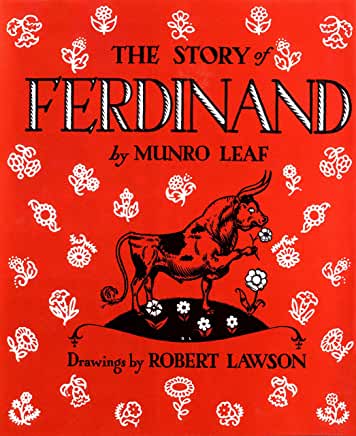
- The Monster at the End of This Book by Jon Stone
Three is a good age to be introduced to the concept of suspense, and it’s also a prime age for spending some time on Sesame Street. This Little Golden Book classic predates Elmo and Abby, featuring our old pal Grover panicking with each turn of the page.

- The Wonderful Things You Will Be by Emily Winfield Martin
This sweet and whimsical picture book is an ode to the many bright possibilities children’s futures hold, and a reminder that their parents will always love them – no matter which direction their compass guides them. With simple, rhythmic text and gorgeous oil-painting illustrations, The Wonderful Things You Will Be impresses upon children that they are worthy of love and that it’s their inner qualities that matter most.

Ages 3-6 Years: Toddler and Preschool
Literacy doesn’t start only when your child starts school. From birth, babies and children are gathering skills they’ll use in reading. The years between ages 3 and 5 are critical to reading growth, and some 5/6-year-olds are already in kindergarten.
The best way to instill a love for and interest in reading is to simply read to your child. And yet, many parents don’t. Reading gives you the opportunity for close bonding with your child, and it also provides a window into a world of literacy that your child is about to enter.
- Where the Wild Things Are by Maurice Sendak
Two stories are masterfully folded into one in this classic — on its surface, it’s the story of a boy’s magical adventure (and rumpus!) among the wild things. It is also, though, the story of a naughty, sent-to-his-room boy who “was lonely and wanted to be where someone loved him best of all.” And that, of course, is even better than being king of all the wild things.

- Alexander and the Terrible, Horrible, No Good, Very Bad Day by Judith Viorst
Some days, everything goes wrong. No one understands a bad day like a kid, and of course, brilliantly, so does Judith Viorst. “My mom says some days are like that,” says Alexander at last. Sometimes that’s all we need to hear.

- Corduroy by Don Freeman
A tender story of a sweet teddy bear and the girl who counts her piggy bank money out to buy him. “You must be a friend. I’ve always wanted a friend,” says Corduroy.
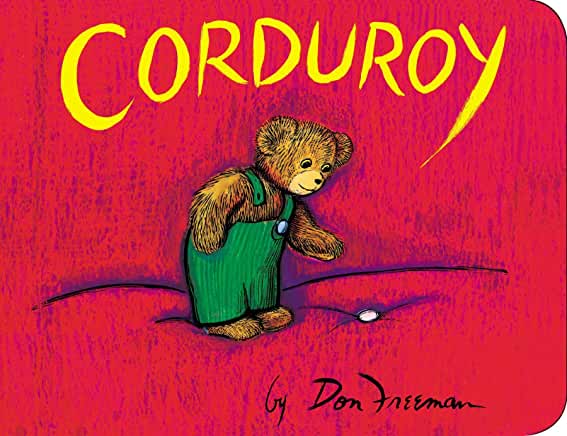
- The Little House by Virginia Lee Burton
A cheerful little house in the country happily rolls with the rhythm of the seasons around her, until the noisy, dark city grows and grows to surround her.

- Harold and the Purple Crayon by Crockett Johnson
Harold’s extravagant adventures are self-made, the product of his minds-eye and a trusty crayon. A clever homage to the imagination and creativity of childhood.

- Make Way for Ducklings by Robert McCloskey
Young readers will be charmed by the vividly rendered characters of Mr. and Mrs. Mallard, their adorable children, and their eventful journey all over Boston. For the next decade or so, prepare to affectionately call every mallard you see in real life Mr. or Mrs. Mallard.

- The Day the Crayons Quit by Drew Daywalt
This hilarious story kicks off when Duncan opens his box of crayons, only to find that the crayons have gone on strike! Duncan will have to figure out a way to make his crayons happy again so they can all go back to making art together. Highlighted by Oliver Jeffers’s trademark illustrations, expect to read this one on repeat.

Ages 6-9 Years: Schoolage
Yet more scientific evidence has emerged that — shocker! — reading books is good for young children. So, the question isn’t WHETHER to read to kids, it’s WHAT to read.
Here are several picture books perfect for kids’ parietal-temporal-occipital association cortexes … and the adults who love them.
- The Dot by Peter H. Reynolds
With a simple, witty story and free-spirited illustrations, Peter H. Reynolds entices even the stubbornly uncreative among us to make a mark — and follow where it takes us.

- Abukacha’s Shoes by Tamar Tessler
Cool collages and multimedia art enhance the tale of “the biggest shoes in the whole wide world” — a Holocaust story passed down through the author’s family.
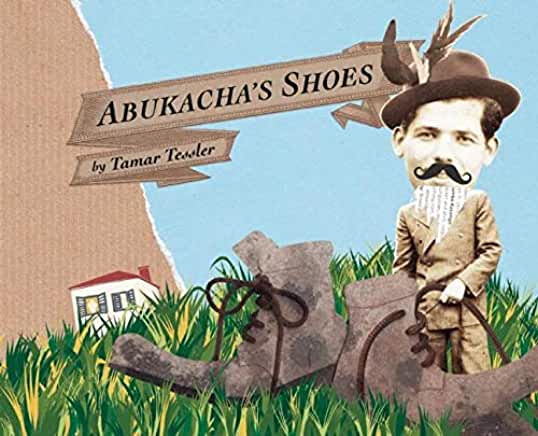
- Little Red Henry by Linda Urban
In this retelling of the “Little Red Hen” story, well-meaning helicopter parents will find a kind reminder not to hover too much.

- Missing Jack by Rebecca Elliot
Grab the tissues before reading this story of an aging cat and the boy who loves him, but don’t despair.
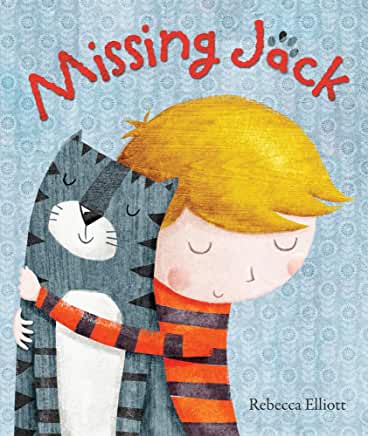
- James and the Giant Peach by Roald Dahl
Roald Dahl was a champion of the underdog and all things little—in this case, an orphaned boy oppressed by two nasty, self-centered aunts. How James escapes his miserable life with the horrible aunts and becomes a hero is a Dahlicious fantasy of the highest order.

- Charlotte’s Web by E.B. White
Some Pig. Humble. Radiant. These are the words in Charlotte’s Web, high up in Zuckerman’s barn. Charlotte’s spiderweb tells of her feelings for a little pig named Wilbur, who simply wants a friend. They also express the love of a girl named Fern, who saved Wilbur’s life when he was born the runt of his litter.
E. B. White’s Newbery Honor Book is a tender novel of friendship, love, life, and death that will continue to be enjoyed by generations to come.
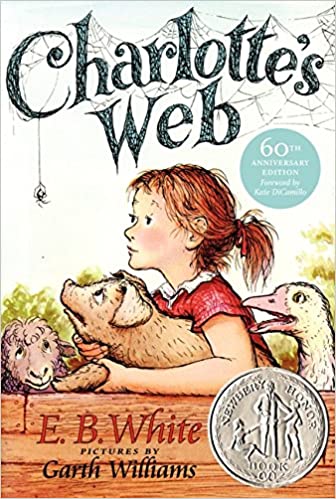
- Where the Sidewalk Ends by Shel Silverstein
Shel Silverstein’s masterful collection of poems and drawings stretches the bounds of imagination and will be cherished by readers of all ages. This is a collection that belongs on everyone’s bookshelf.
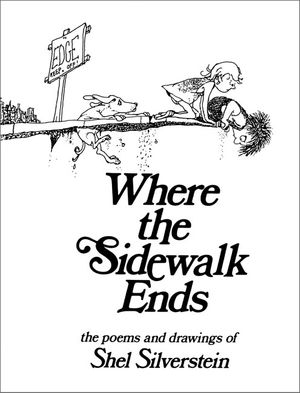
- The Velveteen Rabbit by Margery Williams
Nursery magic is very strange and wonderful, and only those playthings that are old and wise and experienced like the Skin Horse understand all about it.
“What is REAL?” asked the Rabbit one day. “Does it mean having things that buzz inside you and a stick-out handle?”
“Real isn’t how you are made,” said the Skin Horse. ‘It’s a thing that happens to you. When a child loves you for a long, long time, not just to play with, but REALLY loves you, then you become Real. It doesn’t happen all at once. You become. It takes a long time. Generally, by the time you are Real, most of your hair has been loved off, and your eyes drop out and you get loose in the joints and very shabby. But these things don’t matter at all, because once you are Real you can’t be ugly, except to people who don’t understand.”
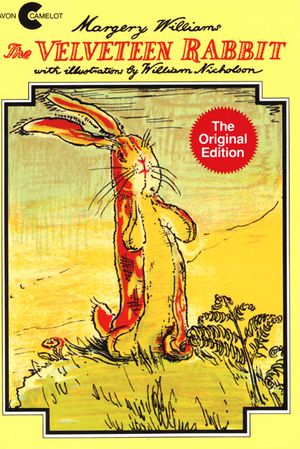
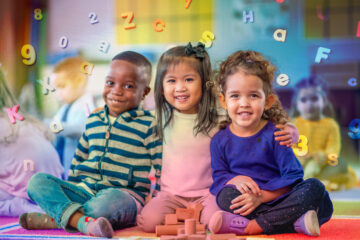


0 Comments